Ancient Water-Worshipping Cult Burial Site Uncovered
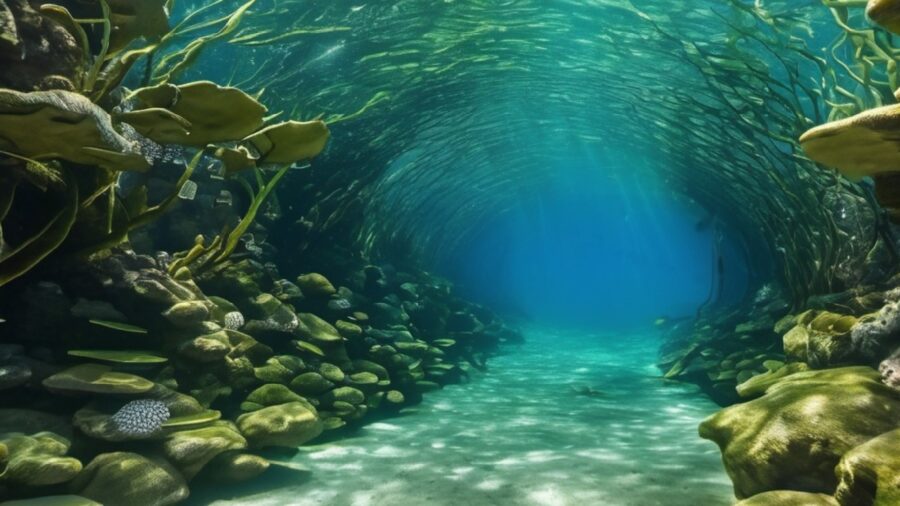
Archeologists in Peru have unearthed the skeletal remains of four people in an unusual burial site that could redefine the understanding of South American history. These four individuals roamed the Earth some 3,800 years ago, a whole millennia before the Incas flourished in that region of Peru.
The Water Cult Burial Site
The burial site in Peru’s Viru Valley contained the bodies of two children, a teenager, and an adult, and they were found in the remains of what appears to be a temple. All four individuals, most likely belonging to a water-worshiping cult, were found lying on their sides, facing the mountain, accompanied by funerary goods, such as snail shells and stoned pendants, all of which were found with the deceased individuals.
The excavation uncovered a small section of the ancient temple that’s associated with an ancient water cult and covers approximately one percent of the entire temple site. Here, archeologists have unearthed massive boulder walls that were held together by clay plasters, and they also found pottery fragments. The architecture is easily discernible to the trained eye and obviously belongs to the Early Formative period, predating the famous Inca Empire by at least 2000 BC.
An Updated Timeline
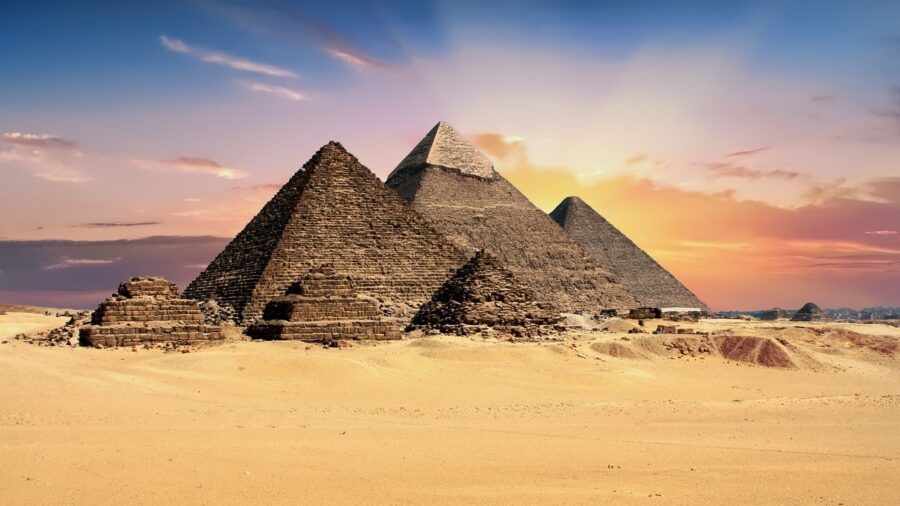
This was the period when the ancient people began constructing large buildings, including early pyramids, using ceramics. It also means that the newly discovered water-worshiping burial site now officially predates the most famous archeological site in Peru, the legendary Machu Picchu, which was erected some 600 years ago and now proudly stands as a testament to all those ancient civilizations. All of this new evidence suggests that humans lived in that part of Peru for longer than 15,000 years.
The Answers May Be In The Mountains
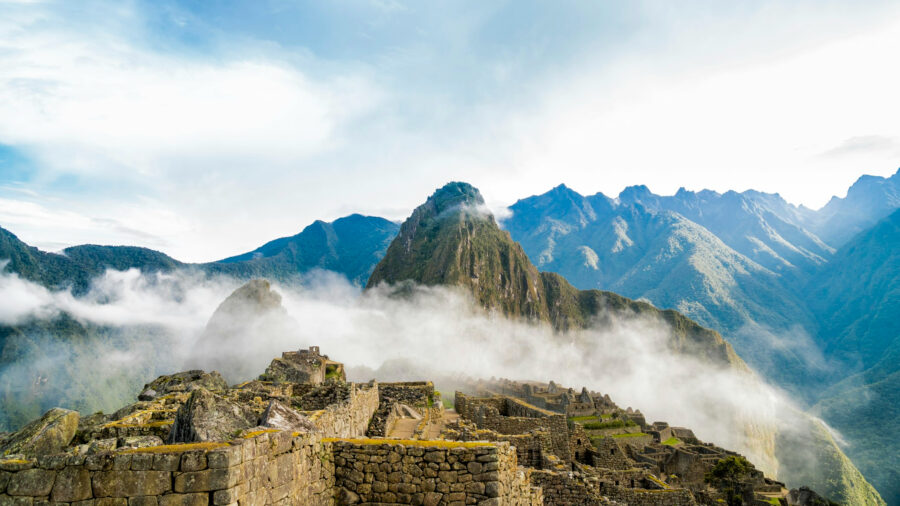
However, the society of water-worshipers found at the burial site lacked any formal structure or an organized political system, which developed later in 2000 BC. Additionally, there aren’t any details regarding the four individuals; nobody knows what they called themselves or their neighbors. In fact, apart from being members of a water-worshiping cult, nearly nothing is known about these people.
Additionally, the scientists excavating said corpses suspect that the positioning of the body may yield clues, especially since mountains have symbolic value in Andean cosmology.
Still So Much More To Uncover
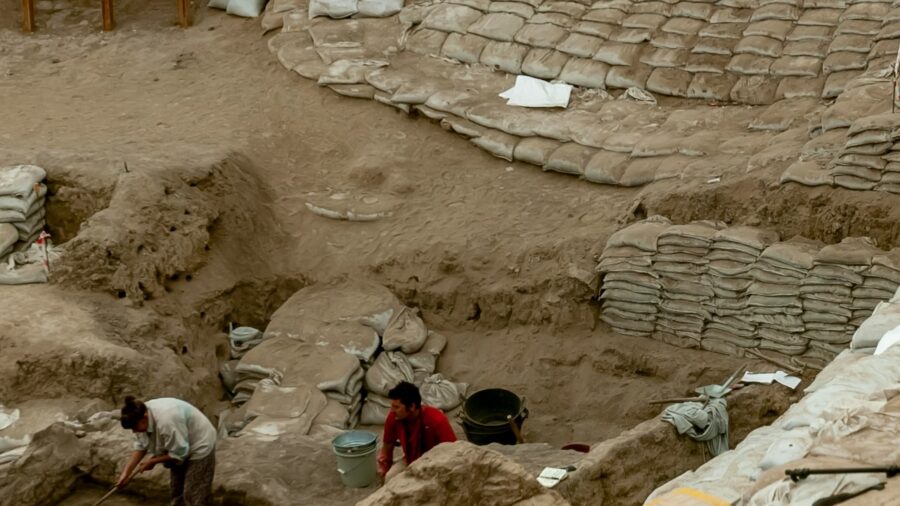
In the end, the mountains are the source of the water, so it makes sense for the water-worshipers to be laid into their final resting place facing the very source of the element they worshiped. Considering that the burial site was found while excavating only one percent of the entire temple surface, it’s entirely possible that more water-cultists could be uncovered during excavations. The archeologists also cautioned that the temple site is under serious threats, calling on locals to protect their invaluable cultural heritage.
Preservation Efforts Need To Be Taken
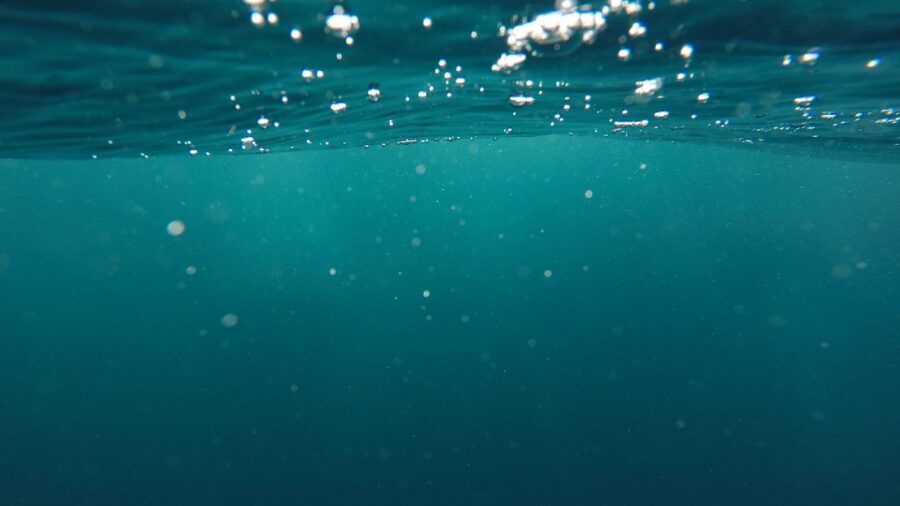
This is particularly true because the burial site and the temple itself have a massive potential for attracting tourists seeking some adventure, but the excavations face unusually serious threats from constant agricultural expansion in the area. So, it would seem that the time is pressing and that the action to preserve this temple has to be taken into consideration before any irreversible damage occurs.
Source: Live Science










